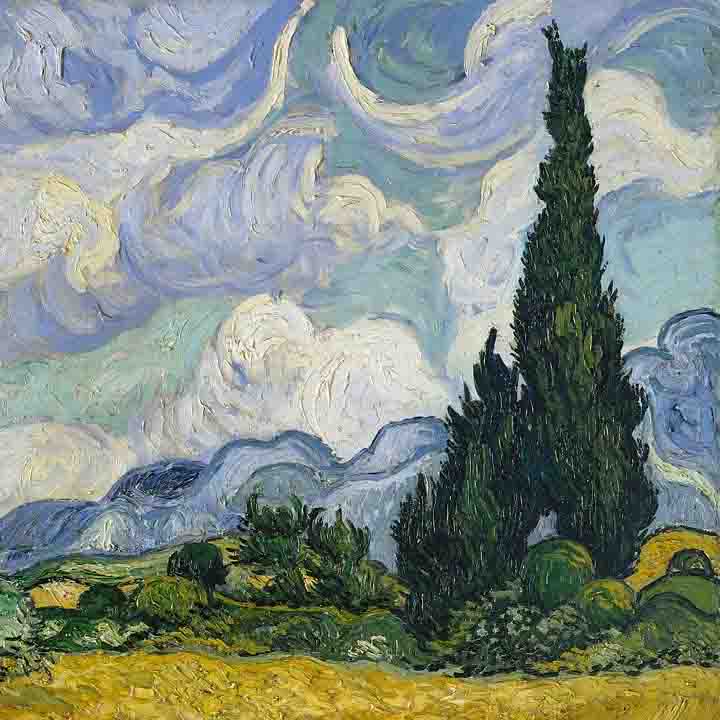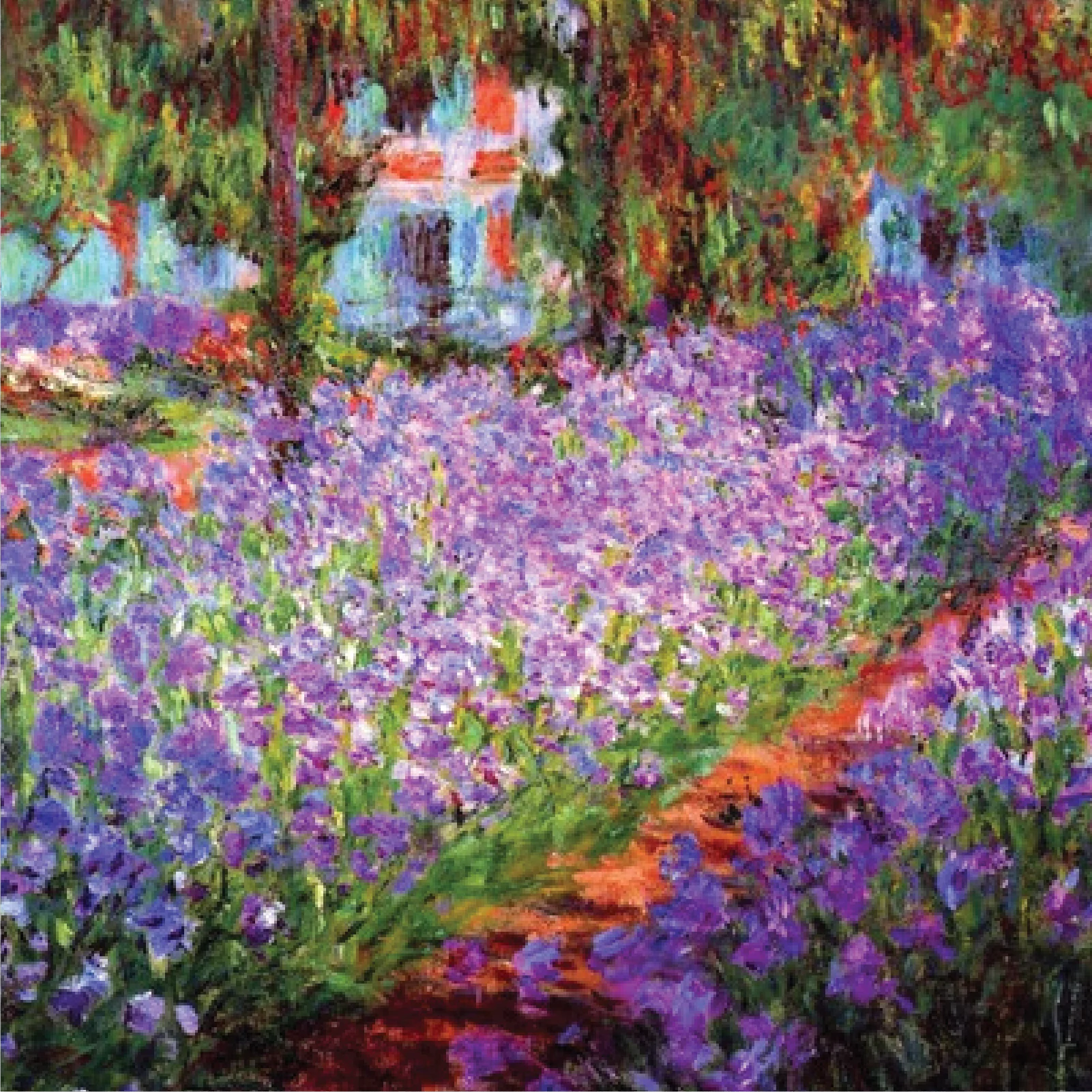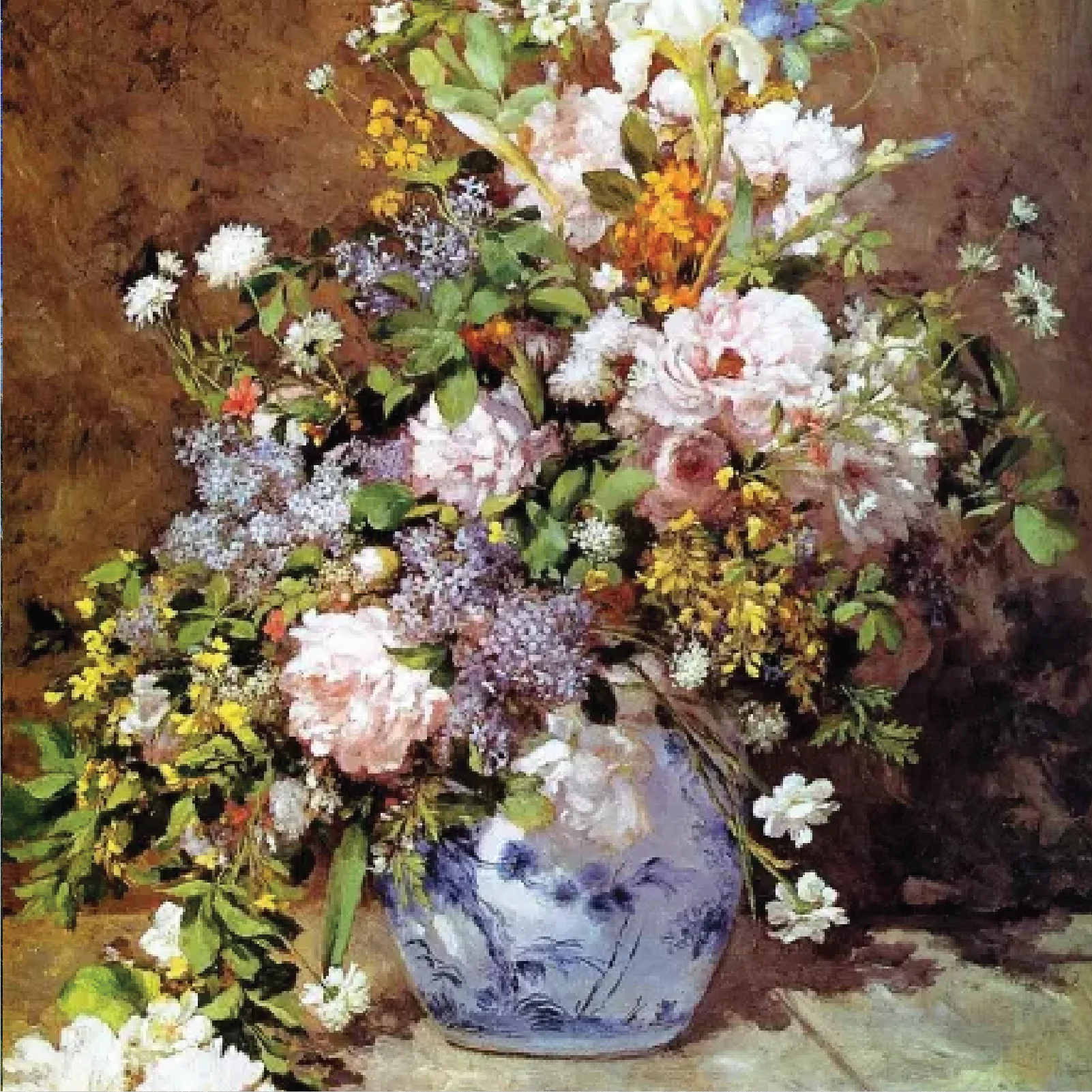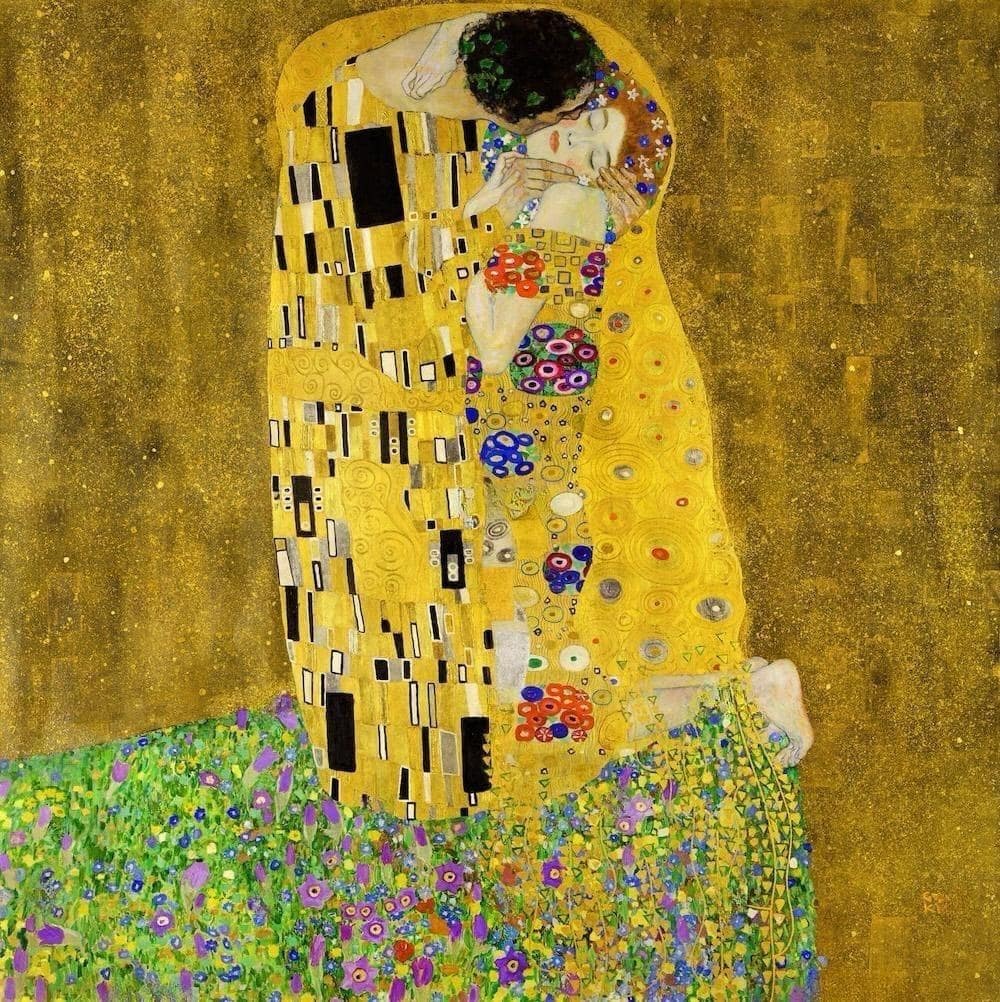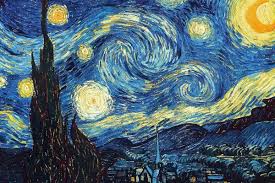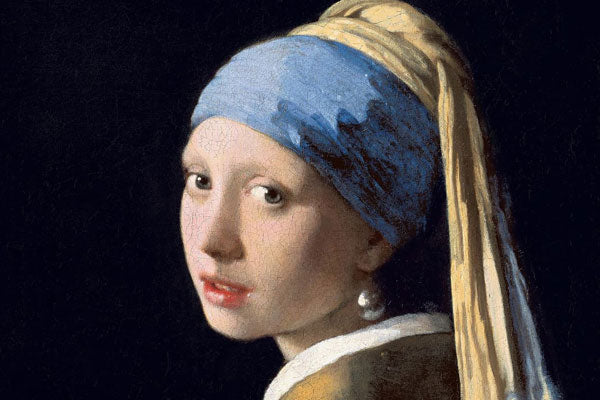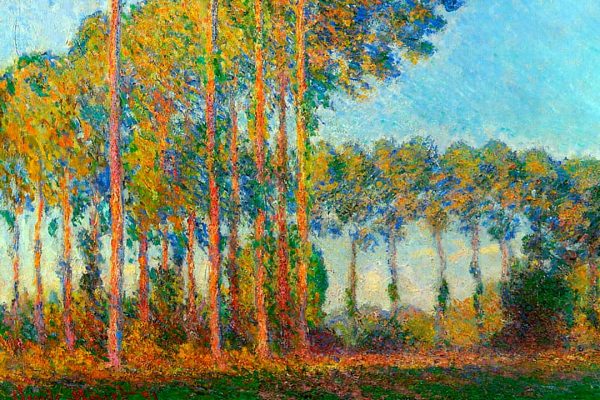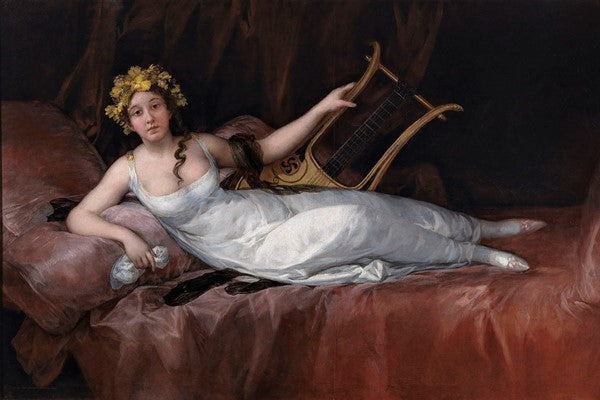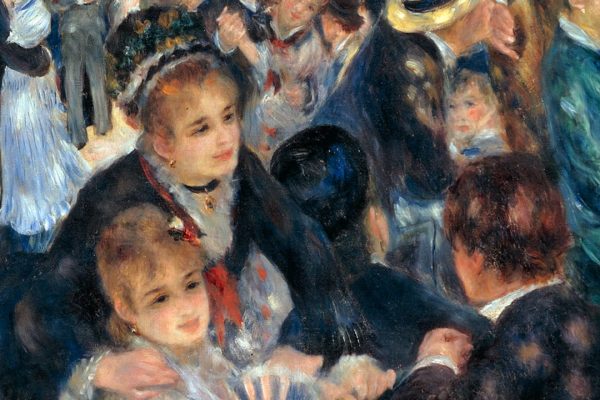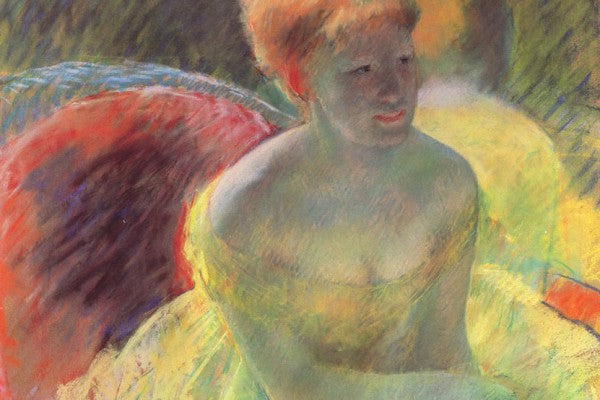Have you ever walked through an art gallery? Did you wonder why some paintings cost so much? The scarcity of extraordinary pieces plays a significant role. It's fascinating to see how a single piece of art can cost more than a house!
Understanding why art is so subjective can help in evaluating its worth. art is so expensive Trying to place a value on art can be a bit of a puzzle due to its subjective nature.
This post will explain the hundred dollars price of art and break down the factors that make art valuable. Many factors affect the cost of art, including the artist's fame and the materials used. Let's dive into the world of art and discover why it can be so pricey!
1. Artist's Reputation and Skill
One of the biggest reasons art can be so expensive is because of the artists' work. Think about your favorite superstar or athlete. For example, people will pay to see famous performers or buy their merch, and they will pay a lot for art by famous artists.
When an artist is well-known and has a lot of skill, their artwork play becomes more valuable. For example, a painting by Leonardo da Vinci, like the "Mona Lisa," is worth millions because he is one of the most famous and talented artists in history. An artist's reputation and talent can make their art very expensive. This is because it has become highly sought after.
2. Historical Significance
Another reason why art can be so expensive is its historical significance. Artworks with a rich history or made in key periods are often very valuable. Imagine a painting from hundreds of years ago. It was made during a time of great change or by someone who lived through significant events.
These pieces act like time machines, giving us a glimpse into the past. Raphael's and Picasso's paintings are good examples of valuable paintings. They are from a time when art and culture were flourishing. The artwork's history makes it special and valuable. People pay high prices if they like the paintings.
3. Rarity and Uniqueness
Art can also be expensive because it is rare and unique. Like rare coins or stamps, a limited number of art pieces makes them more valuable. If an artist created only a few paintings, each is precious. Also, some art pieces are one-of-a-kind. There is nothing else like them in the world.
This uniqueness makes them very special. For example, Vincent van Gogh's "Starry Night" is a unique masterpiece that has no duplicate. Because rare and unique artworks are so hard to find, collectors are willing to pay a lot of money to own them.
4. Materials and Techniques Used
The materials and techniques used to create an artwork can also make it expensive, especially if an artist uses high-quality canvas or unique methods. Some artists use very costly, high-quality materials, like gold leaf, fine oils, or rare pigments. The techniques an artist uses can add to the value, particularly when extraordinary methods or scarce materials are employed on canvas. Some techniques take a lot of time and skill to master.
For example, pointillism is a technique that uses tiny dots of color. It requires a lot of patience and precision. Artists who use such intricate methods often spend hours on a piece. This makes their work more valuable. Expensive materials and skillful techniques raise an artwork's cost.
5. Market Demand
Market demand plays a big role in the price of art. When many people want to buy a particular artist's work, the prices go up. It's like when a new video game or toy becomes very popular. Everyone wants it. So, its current value becomes more expensive because of the high demand and the principle of scarcity. The same happens in the art world.
If an artist's work is in high demand, collectors and art lovers are willing to pay more to get it. For instance, contemporary artists like Banksy are in high demand. Their artworks are highly sought after, driving prices through the roof. The more people want a piece of art, the higher its price will be.
6. Gallery and Auction House Fees
When you buy paintings and sculptures from a gallery, exhibition, or auction house, extra costs are involved. These places often charge fees for selling the artwork, whether it's canvas, print, or photography. Galleries might take a commission, a percentage of the sale price, to cover costs and make a profit. Auction houses also charge fees for hosting the auction and handling the sale.
These fees can add up and make the final price of the artwork much higher. For example, if you buy a painting for $1,000, the gallery might take a 20% commission, adding $200 to the cost. These additional costs contribute to why art can be so expensive.
7. Provenance
Provenance refers to the history of ownership of a piece of art, which can significantly enhance its subjective appeal. Knowing who previously owned an artwork can significantly increase its value. If a famous collector, museum, or celebrity owned a piece, it becomes more desirable and valuable.
For example, if a painting was in a famous museum or owned by a famous actor, its price can skyrocket. Provenance adds a story and authenticity to the artwork. This makes it more attractive to buyers. Collectors often pay a premium for art with a prestigious history. So, provenance is key to art's value.
8. Cultural and Emotional Value
Art often holds cultural and emotional value that goes beyond its physical appearance. Artworks that reflect key cultural moments or strong emotions can be prized. A painting that captures a key historic event or a cultural movement can resonate deeply with people. This can make it more valuable.
Art that stirs strong feelings, like joy or nostalgia, can fetch higher prices. The connection to the artwork adds to its worth. Collectors and art lovers will pay more for pieces that profoundly affect them.
9. Economic Factors
Economic factors also play a crucial role in the pricing of art. A strong economy and higher disposable income boost art investment, especially in extraordinary works by renowned artists like Van Gogh. This drives up prices due to the scarcity of high-quality pieces. During downturns, art prices can stagnate or fall. Fewer people can afford luxury items. Inflation can also affect art prices; as the cost of living rises, so does the cost of art.
For example, a booming economy in China has increased demand for art. This has raised prices worldwide. These economic factors explain the art's variable cost over time.
Conclusion
Art's high prices stem from many factors. They include the artist's reputation, historical significance, hidden costs, and demand. These elements add value to original pieces, particularly when produced on high-quality canvas. They make them highly sought after by collectors and art lovers. However, you don't have to break the bank to enjoy beautiful art.
For affordable, high-quality oil reproduction paintings on canvas, check out Art & See. They capture the essence of famous artists and have an amazing collection. Understanding why art is so subjective lets you enjoy stunning art at a low price. If you love art or want to improve your space, they have something for you. Explore their collection. Find a masterpiece that suits your taste and budget!
FAQs
Why art is expensive?
Art is expensive due to factors like artist reputation, rarity, historical significance, and demand. High-quality materials and the time invested also contribute to the price.
What determines the price of an artwork? A:
The price is determined by the artist's fame, the artwork's uniqueness, provenance, market demand, and sometimes the medium and size of the piece.
Why is Andy Warhol art so expensive?
Andy Warhol's art is expensive due to its iconic status in the art world, its influence on contemporary art, and the limited availability of its original pieces.
How does the world of art influence art prices?
The art world, including galleries, auctions, and critics, influences prices by promoting certain artists and trends, which can increase demand and price tags.
Why do art prices oftentimes vary so much?
Art prices vary due to factors like the artist's popularity, the artwork's condition, market trends, and the economic climate, which can all fluctuate over time, making the investment in canvas or print subjective.





